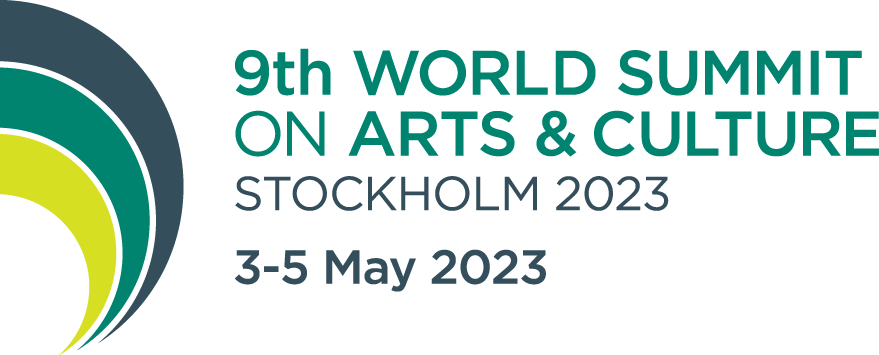About Wednesday 3 May: DAY ONE
On Day One, we will frame the Summit theme and identify its relevance to society in general, and in particular to the cultural and creative sectors. We will explore different ways in which the notion of artistic freedom can be understood and applied around the world. This will include an exploration of the different perspectives on key concepts, and identify the challenges and opportunities manifesting from these differences. We will also review the existing tools on which we rely to safeguard freedoms of artistic expression and participation in cultural life and assess their (in)adequacy; and we will place the issue of safeguarding artistic freedom in the context of the political, economic, social, technological, environmental and cultural developments that characterise our age.
The importance of artistic freedom has long been assumed a given for many, while this has continued to be a major challenge to others. Artistic freedom needs to be further enhanced, strengthened and promoted. While good practices can be found in the field of artistic freedom, new structures, support systems and international solidarity needs to be developed. Recent global events - including the pandemic - have revealed that these freedoms are being challenged in new and different ways. Built on a foundation of human rights enshrined in - and ostensibly protected by - international law, the removal or compromise of interlocking freedoms of artistic expression and rights to participate in cultural life will have a profound, immediate and enduring impact. Recent events have demonstrated in the starkest manner the global interconnectedness of contemporary life; and as an international community, we have a shared responsibility to create and protect conducive social and economic conditions for artists; to develop sustainable cultural and creative sectors; and enable the participation of all peoples in cultural life.
Subthemes
Subthemes include:
Rights: including in relation to cultural narratives and collective memory, freedom of artistic expressions, intellectual property, and diversity of cultural expressions.
Governance and decision making: including regulatory and legislative frameworks available to safeguard artistic freedoms at (sub)national, regional and international levels; and changing and new regulatory frameworks that enable, impede or threaten freedoms and rights.
Equity and fairness: including the need for social justice and equity to inform our approaches to protect and promote the right to cultural practice and access for all, regardless of gender, age, disability, sexual orientation, belief system, geography, socio-economic- or citizenship status.
Key questions
Key questions will include:
What roles does the arts and cultural ecosystem play to safeguard freedoms of artistic expression and participation in cultural life?
Whose freedoms of artistic expression and rights to participate in cultural life are threatened, when, how, by who and for whom?
How can we strengthen the rights of artists to express themselves in diverse political, social, cultural and belief systems?
What are the various ways of silencing voices - from institutionalised censorship to self-censorship?
What is the role of social media, and emanating narratives made powerful by its mobilisation?
What interdependencies must we consider in our response to these threats? How do these threats evolve?
Can we develop and share a common understanding of artistic freedom?
What legislative and regulatory frameworks exist to enable and safeguard freedom of expression? Are they fit for purpose? Do they need to be changed and, if so, how?
What effect have the COVID-19 pandemic and other recent global events had on artistic freedom?
Do different geopolitical regions call for different approaches and emphases? Who defines these approaches and emphases, and how?
How can we balance rights and responsibilities for free artistic expression?
What are the obstacles to realising the economic and social conditions integral to artistic freedom?

